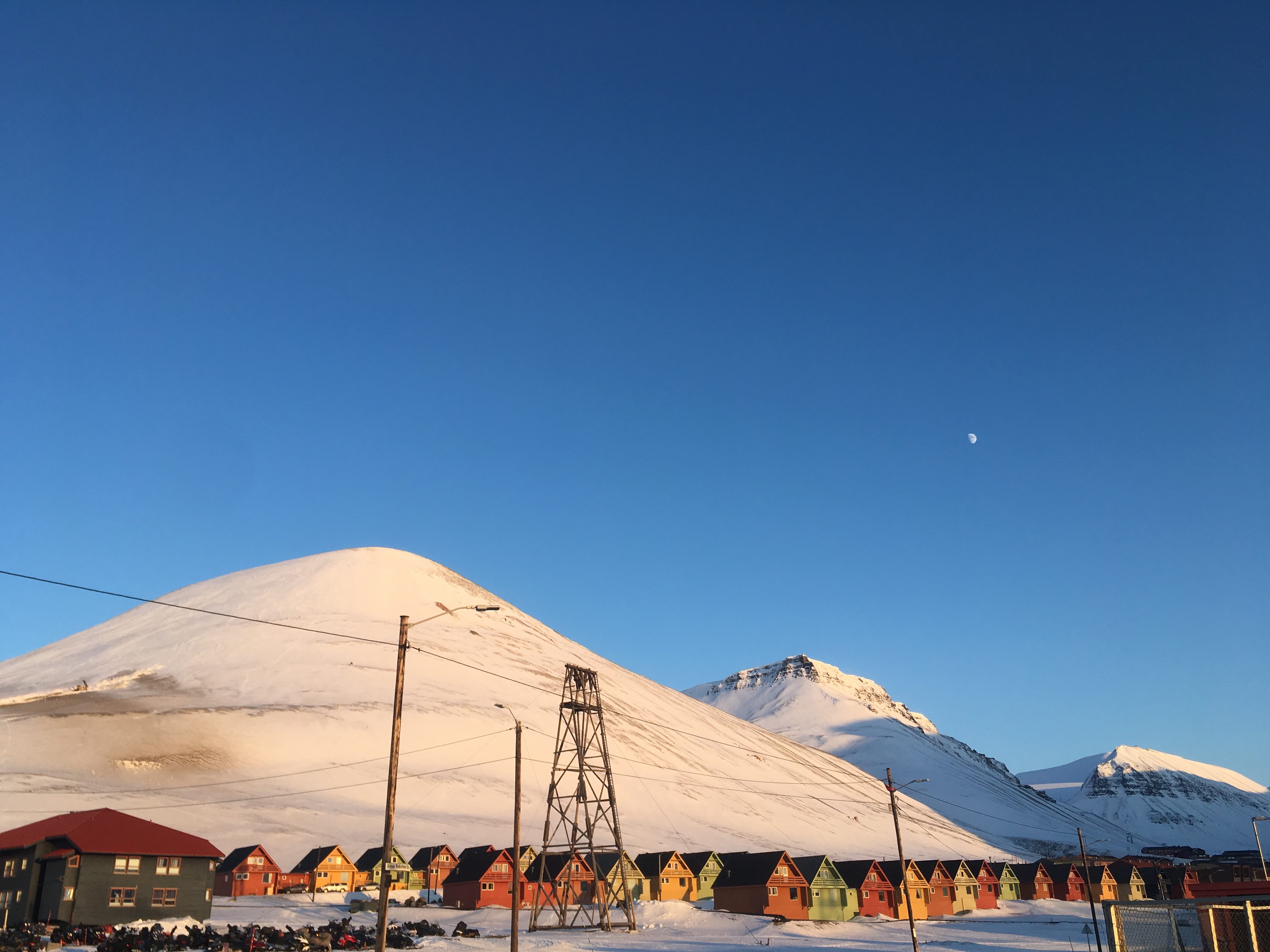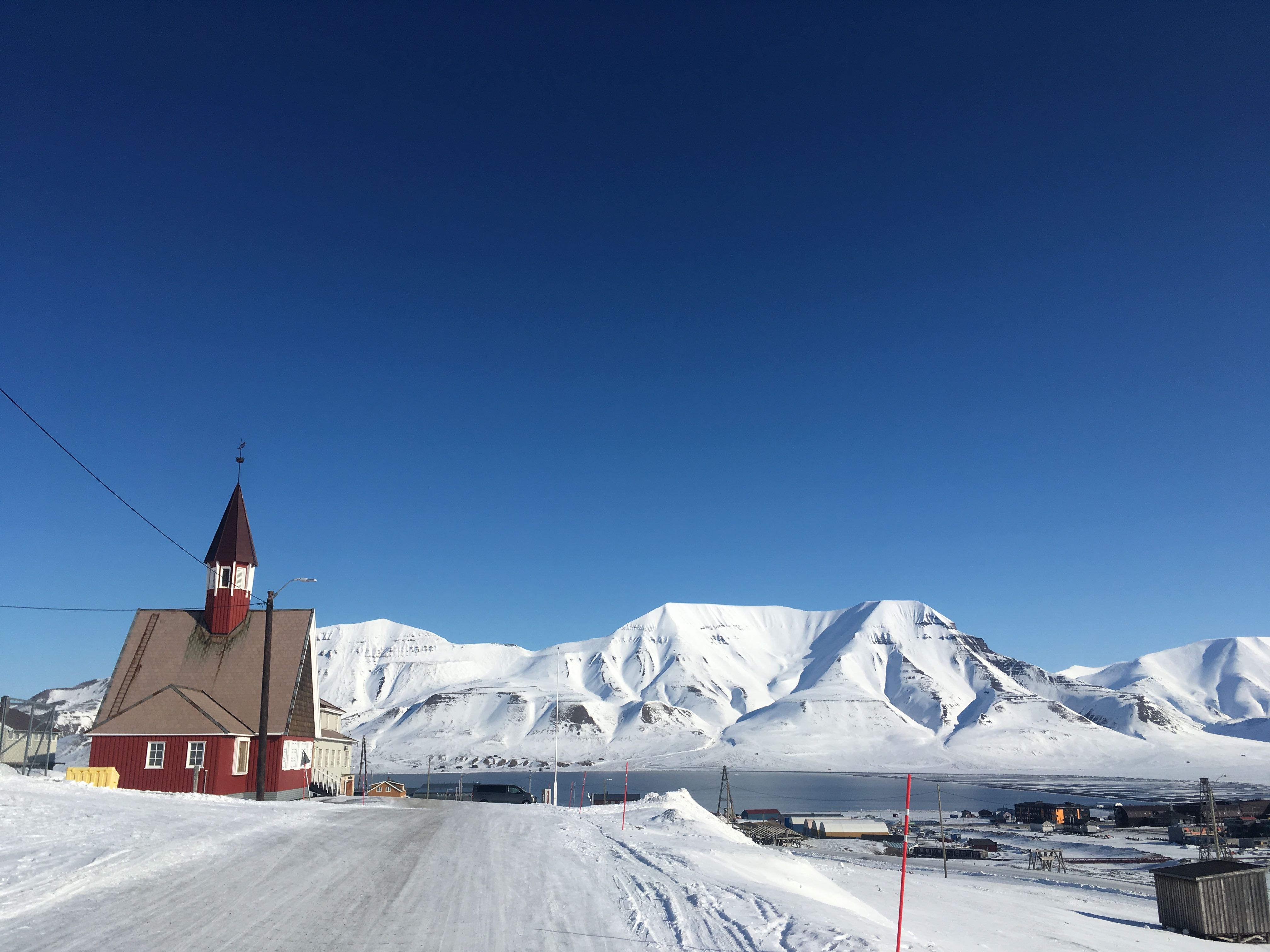Researchers from the three Work Packages working in Svalbard; WP5 - Health and Pollution (Arja Rautio), WP6 - Coastal Infrastructure (Arne Aalberg, based in Longyearbyen) and WP9 - Adaptation and Mitigation (Peter Schweitzer and Alexandra Meyer) visited Longyearbyen and Oslo in April and May to meet with local stakeholders.

The aim of the visits was to present ourselves, inform about the project and to get initial feedback from the local community on the planned research activities on Svalbard. In the course of two and a half weeks we had several individual meetings and one group meeting at UNIS, the University Centre in Svalbard. We were invited to meet with local authorities (Sysselmannen and Longyearbyen Lokalstyre), representatives from the scientific community in Svalbard (researchers from UNIS, Norsk Polarinstitutt, Svalbard Science Forum, the Arctic Safety Center, UNIS Student Council), representatives of the civil society (Longyearbyen hunting and fishing association, Longyearbyen Feltbiologiske Forening, Red Cross), local businesses (Store Norske Spitsbergen Kullkompani and the tourist sector), the local hospital, Svalbard Church, the labor union, the Norwegian Directorate for Cultural Heritage, and a range of private local inhabitants.
In the course of the meetings, we gained invaluable insights into areas of importance and concern for the local population and discussed their relation to the issues to be addressed in the project. Longyearbyen is experiencing rapid socio-economic changes in addition to climate related changes as the mining industry is being faded out and tourism and research become the main economic pillars of society. Also, there is an extremely high turnover-rate of the population. The locals talked about the challenges and opportunities involved with these environmental and socio-economic changes. For example, housing has emerged as an issue of major concern for the local population, with housing shortages and challenges related to avalanches and landslides. Furthermore, we discussed possible synergies with ongoing projects and activities in Longyearbyen.

Collaboration with the H2020-Project INTAROS is also already underway. Consultations with the local community will be an ongoing process throughout the project, and further meetings are scheduled for fall 2018. We are looking forward to return to Longyearbyen soon!


